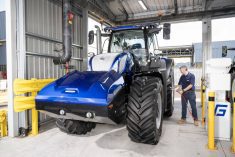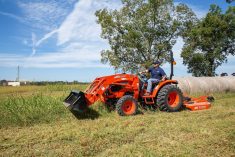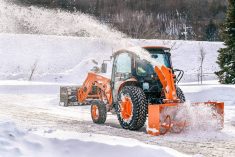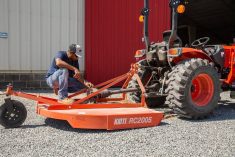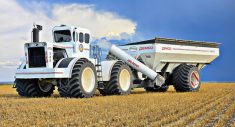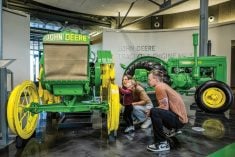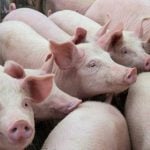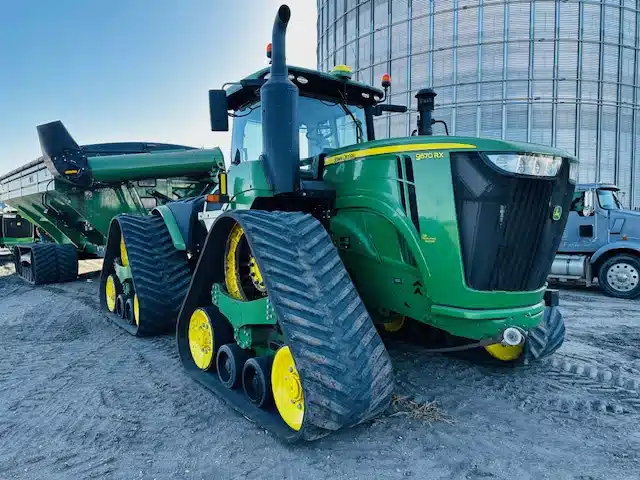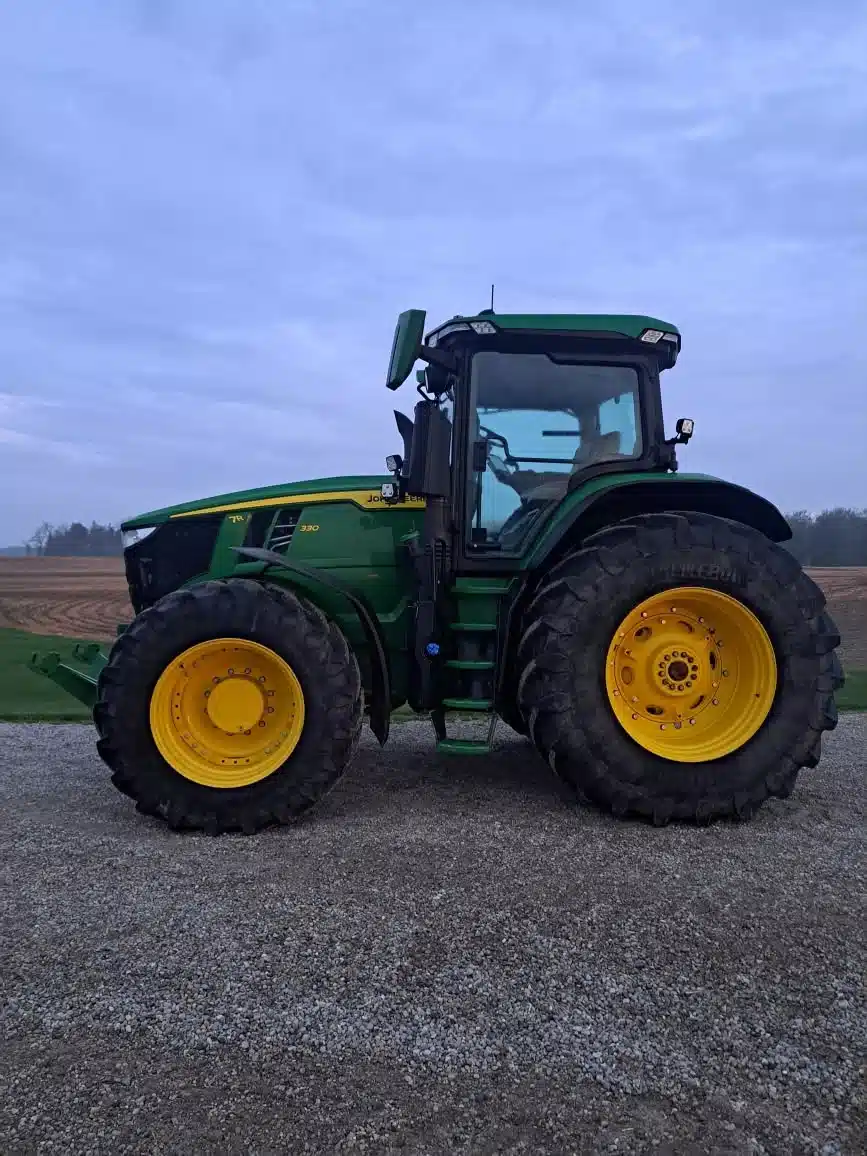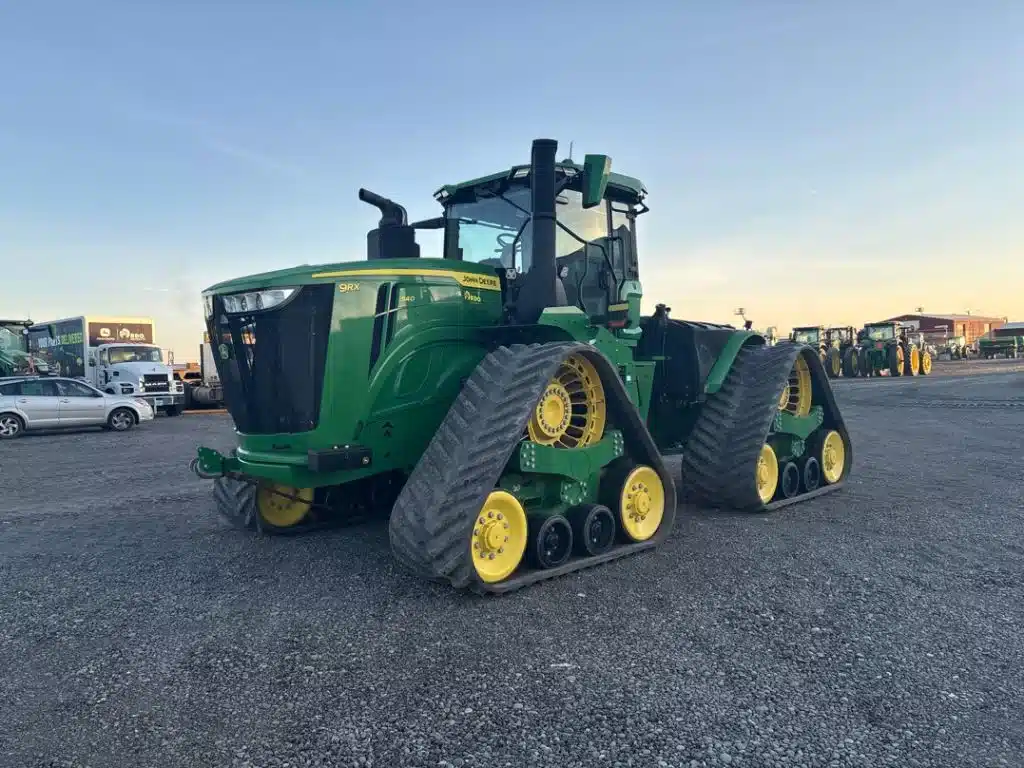Anyone who has spent time operating and repairing machinery has probably at least once asked themselves: “Did some engineer really think this design was a good idea? If only they’d asked farmers …”
The reality is, in today’s highly competitive environment, brands now make a special effort to do exactly that. Farmer panels are usually involved in the process of creating a new machine.
Saskatchewan farmer Jordan Lindgren can attest to that. He was invited by John Deere to be part of a focus group that provided input on the design of the latest 9RX tractors.
Read Also

Claas brings 1000 Series SP forage harvesters to Canada
In mid-August, Claas unveiled its new line of Jaguar forage harvesters at an event in Visalia, California, deep in the heart of that state’s dairy region.
“I was approached by John Deere down in Waterloo. There were three of us from Canada involved in the focus group, three from the U.S. and one gentleman from Australia.”
Over the following few years, as the new 9RX tractor design evolved, Lindgren participated in several online conferences, as well as trips to the U.S. for in-person meetings.
READ MORE: Understanding farmers’ equipment needs
“The first time we were down there was 2019,” says Lindgren, who farms at Norquay, about 100 km north of Yorkton. “It was right before COVID. Then we did some virtual stuff, because of COVID. We couldn’t fly down there. They brought us in on Zoom on some concept stuff because it was still in the concept stage at that point.
“Once restrictions were lifted, we were able to get back down there and see the prototype they built.
“They made you feel really welcome. It was a low-pressure environment, but at the end of the day they wanted to know how we felt about what direction they should go with this thing, what we would like to see happen and what would make us happy about it.”
Getting customer input “is basically mandatory,” says John Deere’s go-to-market manager for large tractors, Michael Porter. “We can’t build something in a vacuum. We have to listen to our customers.”
The formal development process can take several years, he adds, and the brand brings farmers such as Lindgren in on the process early to build an initial design with their comments in mind.
“It usually starts three to four years in advance. Usually it’s before we even have the core design built, because a lot of these inputs need to be done before we even have our core diagrams or sometimes even a sketch on paper.
“If you look at this machine, it’s a ground-up redesign, so they really had to be involved early on or else a lot of those changes probably wouldn’t have happened.”
Lindgren agrees his group was involved long before any finalized concepts were presented to them for consideration. Eventually, the group was invited back to see an actual prototype.
“When we originally went down to see the prototype they built, it was almost like a Frankenstein. There was wires all over the place. They hadn’t fine-tuned a bunch of that. In July (of 2023) it was a complete tractor exactly how they would roll it out for production.
“The big eye-opener for me was they took everything we were saying literally and tried to implement it if they could.”
On the 2023 trip to see a pre-production model, the focus group was able to operate it in a field in California and provide final opinions on the design and performance.
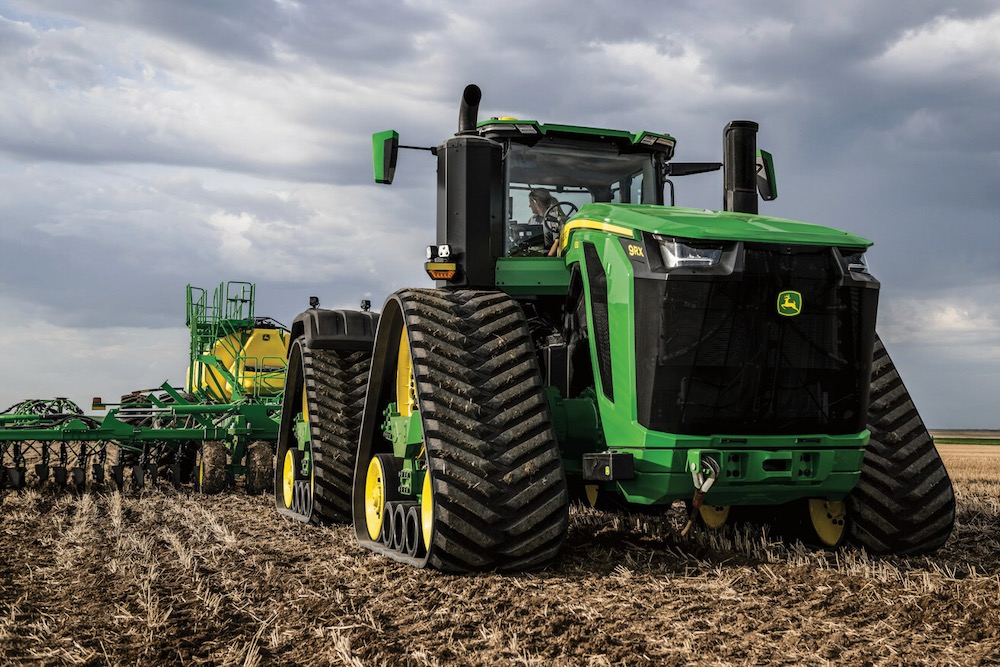
Market-specific
The number of participants in any advisory group can vary, Porter says, depending on the machine under development and the size of the geographic region where it will be sold.
“It varies by the programs. Usually it’s less about how many people and more about the different markets. We want a variety of different backgrounds. With a tractor like this that has a lot of different areas that use them, then we’ll try and take a sample from a lot of those areas. It’s more driven by who the customer is that is looking for these machines than a true number.”

Lindgren says he was pleased to be involved in the process and would do it again if asked.
“To go down there and see the time, energy and infrastructure put in place to make these things what they are — dependable, operator-friendly. It’s not slapped together. It’s years of asking guys what works and doesn’t work, running through tests. To be able to see it from the standpoint of jotting things down on paper and going through a virtual reality simulator and then one somewhat built to the final product and being able to test it — it was an amazing experience. It just lets you know the R&D that goes into these things.
“I would definitely recommend that if anybody gets the opportunity, they jump on it for sure.”
Deere will continue to make customer input in designing new machines a priority, Porter says.
“The market is changing. The customers are changing. Their priorities are changing. If we don’t listen to them, we’re probably going to build something that doesn’t sell. Customers have choices.”




